-
The Influence of Edith Nesbit
A handful of children’s authors of the late nineteeth to early twentieth centuries were experiementing with innovative forms of story with radical content: Oscar Wilde, P.L. Travers, J.M. Barrie, Astrid Lindgren, John Masefield and E. Nesbit. These storytellers were pushing the boundaries of what people considered acceptable for children, and we have them partly to […]
-
School In Children’s Literature
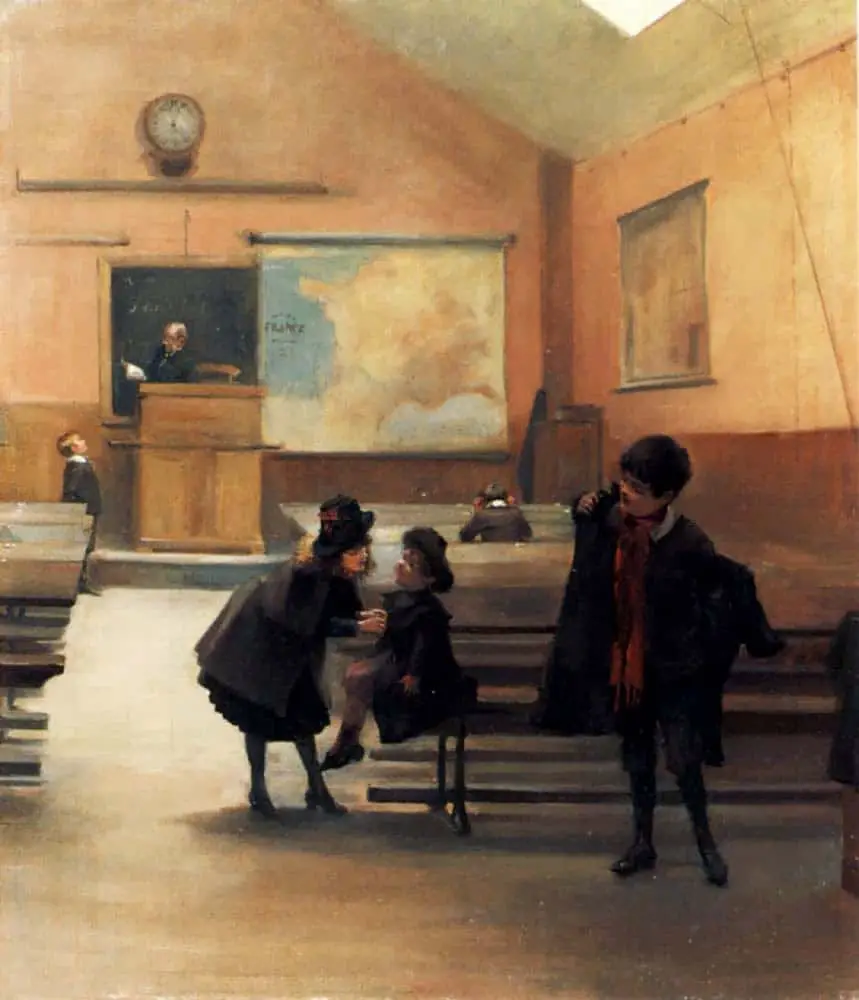
SCHOOL AS THE WILD WEST School itself must be so different these days than it was when you were in school. Certainly, having kids helps, but is that ever an issue for you when you’re writing? I was reading about this phenomenon in television and film writing, which is that the references to school are […]
-
The Golden Ages of Children’s Literature
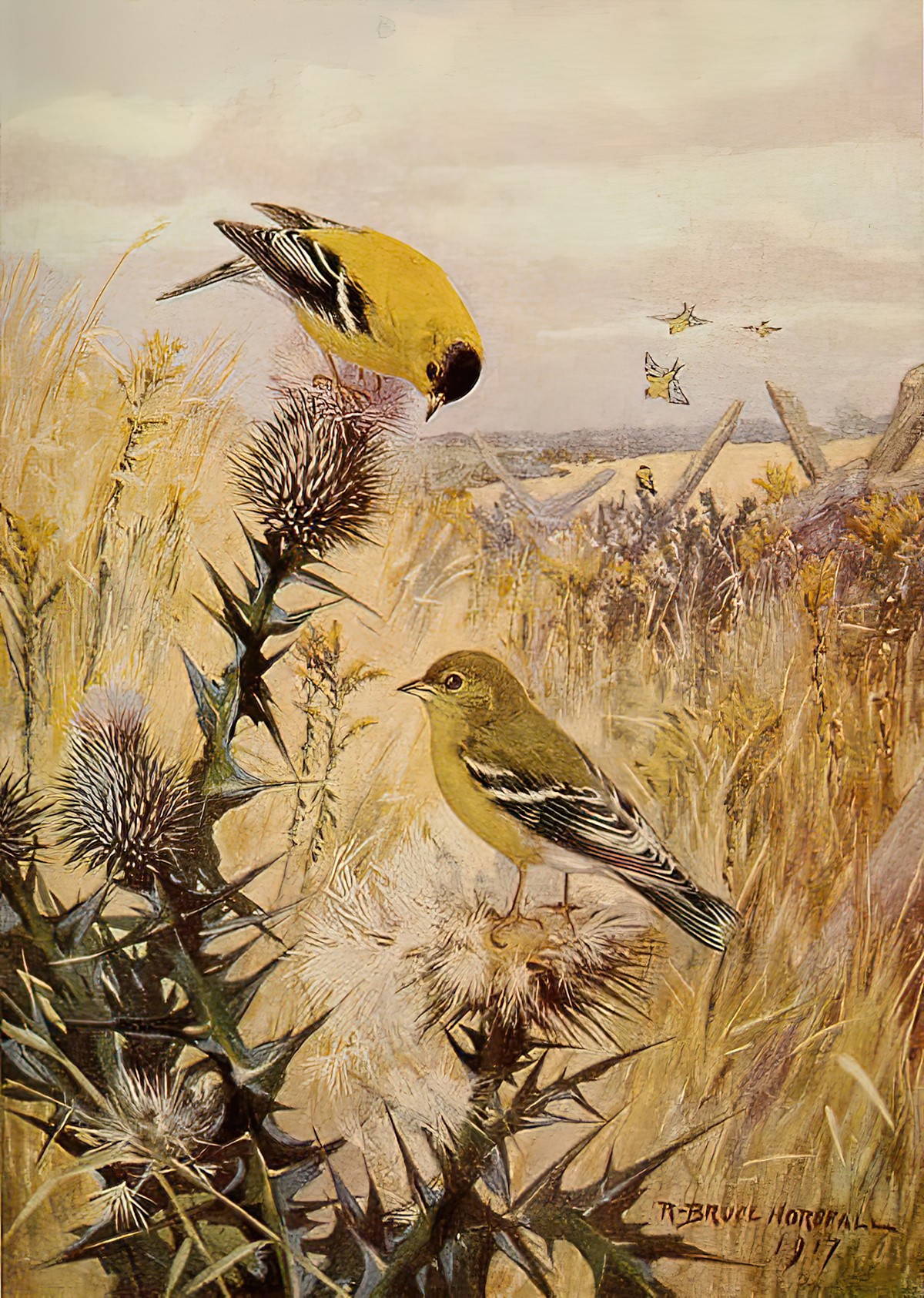
We are now in what’s known as The Third Golden Age of Children’s Literature. Naturally the First and Second Golden Ages came before.
-
It’s The Bear! by Jez Alborough Analysis
It’s The Bear! by Jez Albrough is one of our daughter’s favourite picture books. She loved it when she was three, and still loves it even though she is now seven. It’s The Bear! is the second of Jez Alborough’s three hugely successful bear books from the 1990s. Published in 1996, It’s The Bear came […]
-
Winnie The Pooh Novel Study
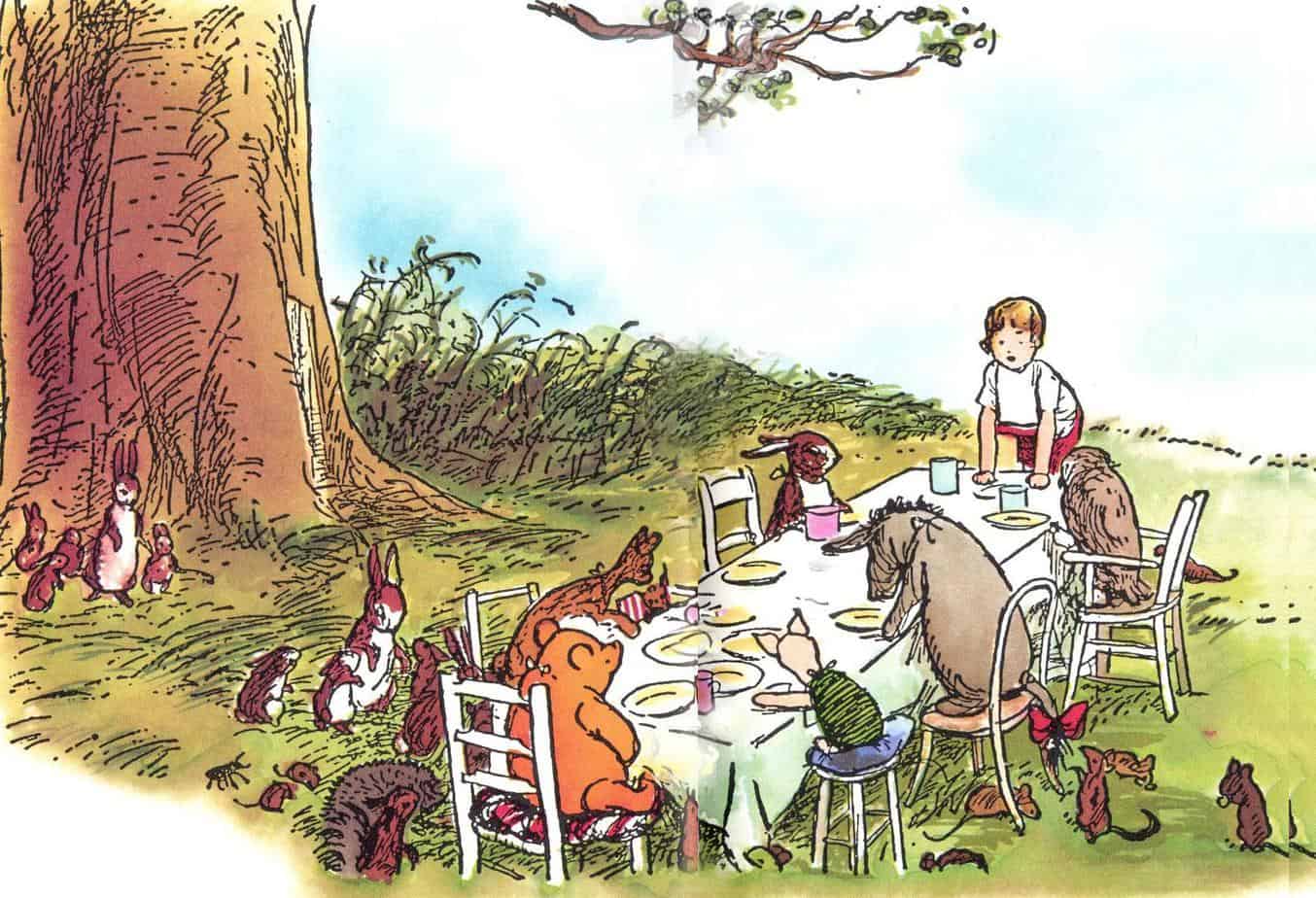
Winnie the Pooh is basically a modern version of an archetypal legend: The story of a peaceful animal kingdom ruled by a single benevolent human being. Like Adam, Christopher Robin gives names to his objects. The Pooh stories came at the very end of the First Golden Age Of Children’s Literature, as described by Peter […]
-
Where The Wild Things Are by Maurice Sendak Analysis
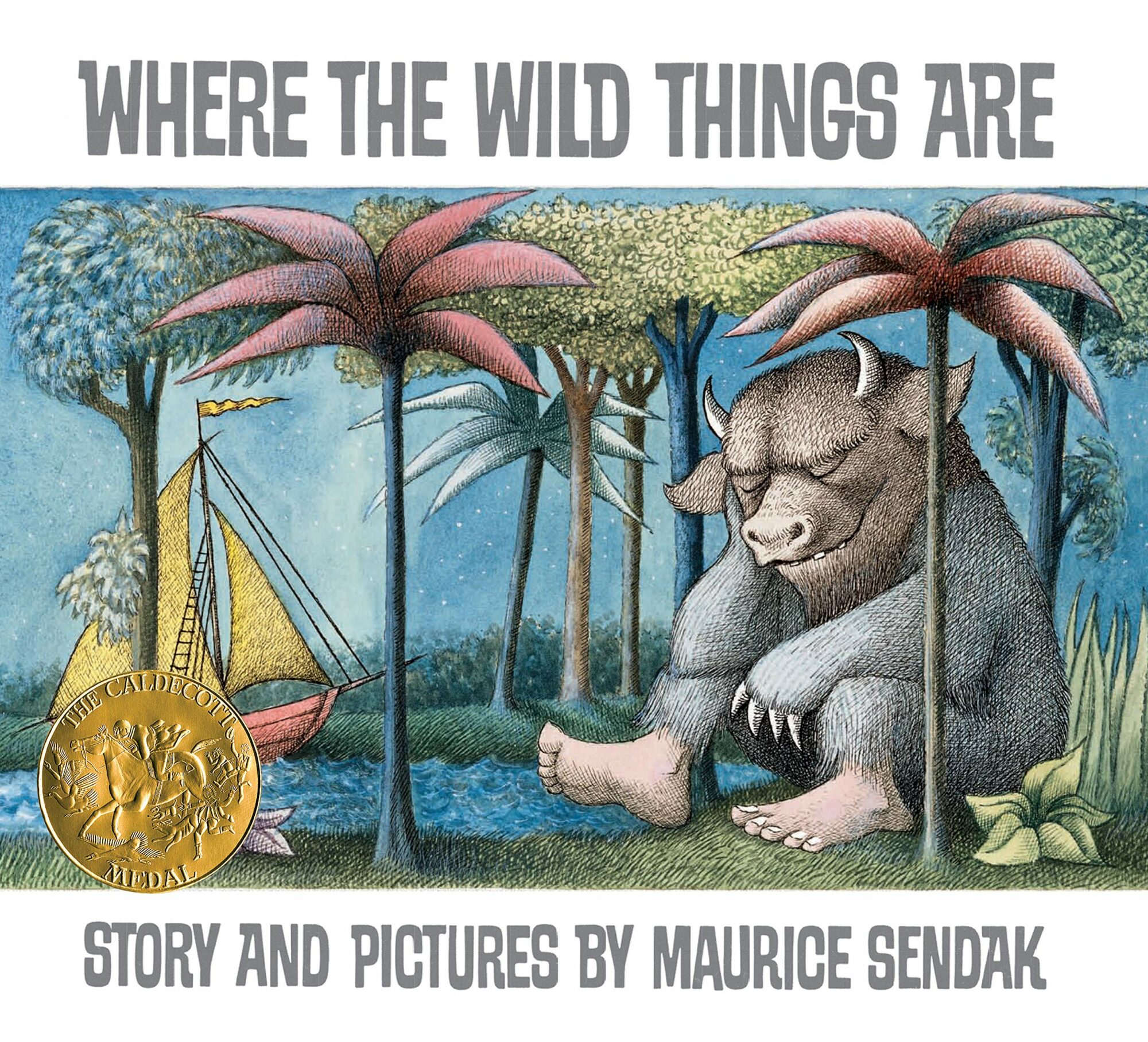
“Where The Wild Things Are” by Maurice Sendak is the picture book that changed picture books forever. The picture book began to be understood, after Maurice Sendak, as something extraordinary – a fusion of images and limited vocabulary which authors such as Julia Donaldson, Lauren Child, Alan and Janet Ahlberg, Emily Gravett and more have turned […]
-
Shapes of Plots In Storytelling
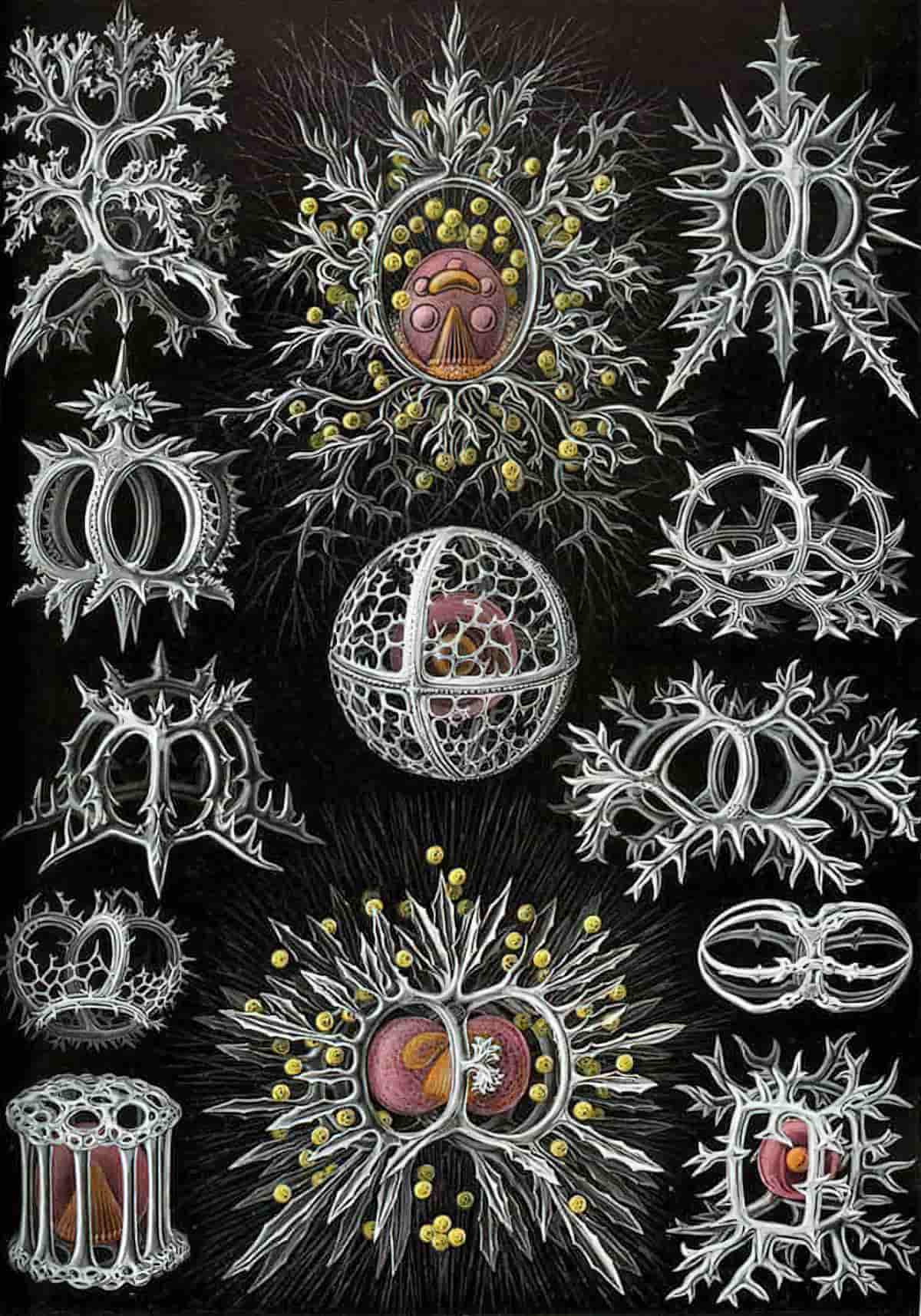
The success of a novel is only five percent about the structure and ninety-five percent about the quality of the writing. Elizabeth Lyons, Manuscript Makeover Younger writers should be experimenting with form as well as material, like a water-seeker with a divining rod. We are “haunted” by experiences, images, people, acts of our own or […]
-
Mice in Children’s Literature
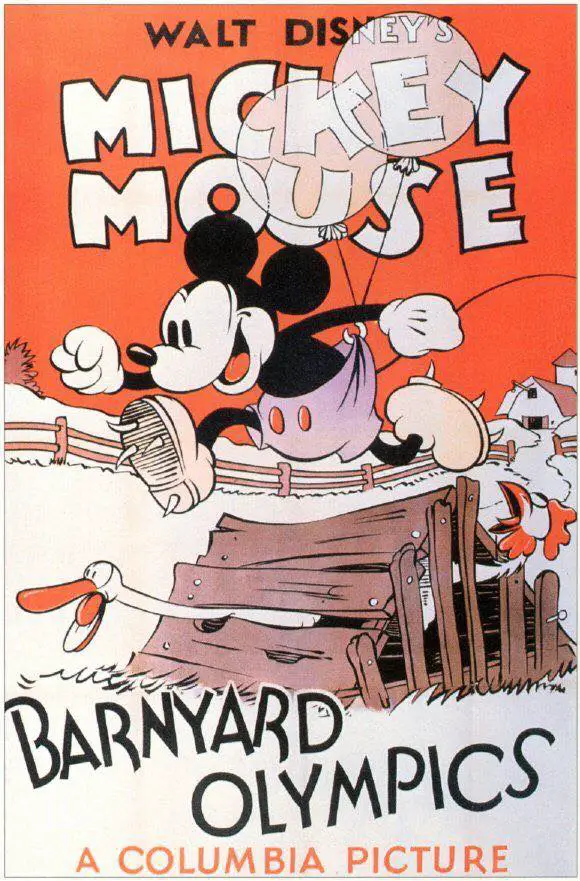
Mice are widely represented in folktales, both as protagonists and as helpers. Apparently, there is a subconscious identification on the part of children’s writers of a small and helpless child with one of the smallest animals, also know—maybe without reason—for its lack of courage.
-
Paralepsis in Children’s Literature
Paralepsis*: (Faux) Omission. In rhetoric, paralepsis refers to the device of giving emphasis by professing to say little or nothing about a subject, as in not to mention their unpaid debts of several million, but saying it all the same. I know who farted but I wouldn’t want to embarrass Charles. In the name of anonymity, […]
-
The Carnivalesque in Children’s Literature
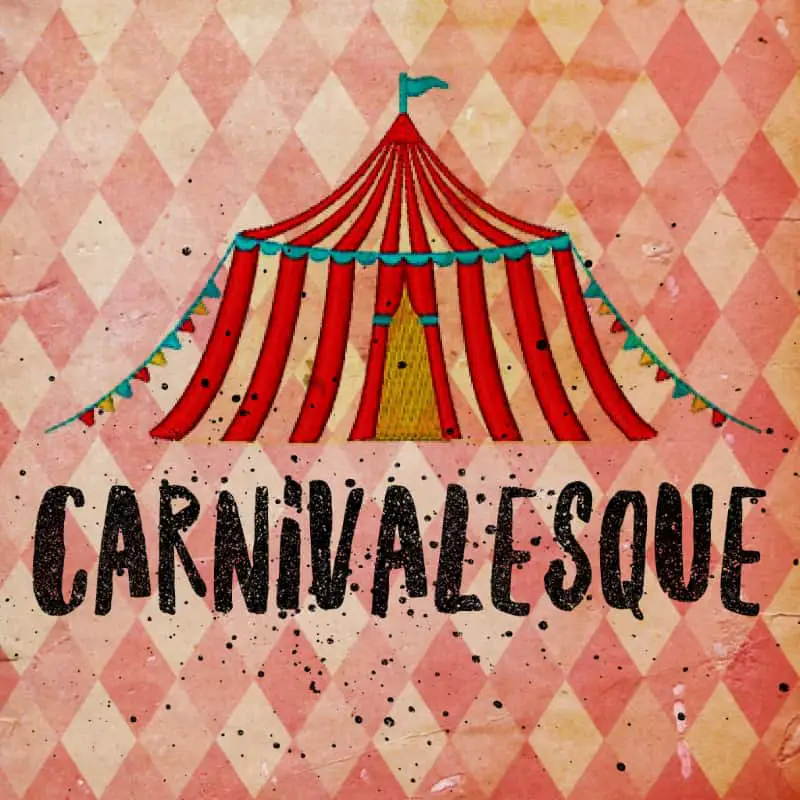
Carnival: In the Bakhtanian sense, “a place that is not a place and a time that is not a time”, in which one can “don the liberating masks of liminal masquerade”. Victor Turner, Dramas, Fields and Metaphors: Symbolic Action in Human Society, 1974 Children’s literature academic Maria Nikolajeva categorises children’s fiction into three general forms: […]
-
Animal Stories In Art and Storytelling
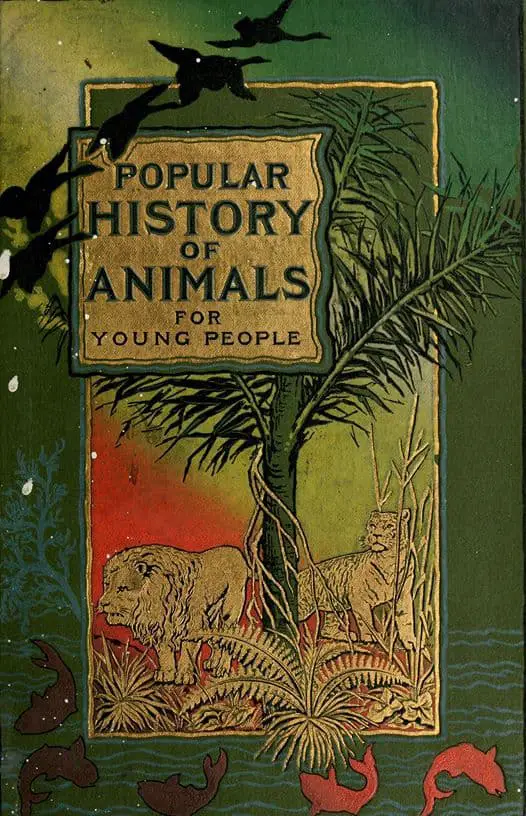
Why are there so many animal characters in children’s literature? A better question might be: Why so many humans? As Barbara Ehrenreich observes when writing about a 1940s discovery of cave paintings, early humans spent much more time rendering their cave wall paintings of animals. The humans are ‘humanoid’: crude stick figures. If the Paleolithic […]
-
How To Write Underdog Stories
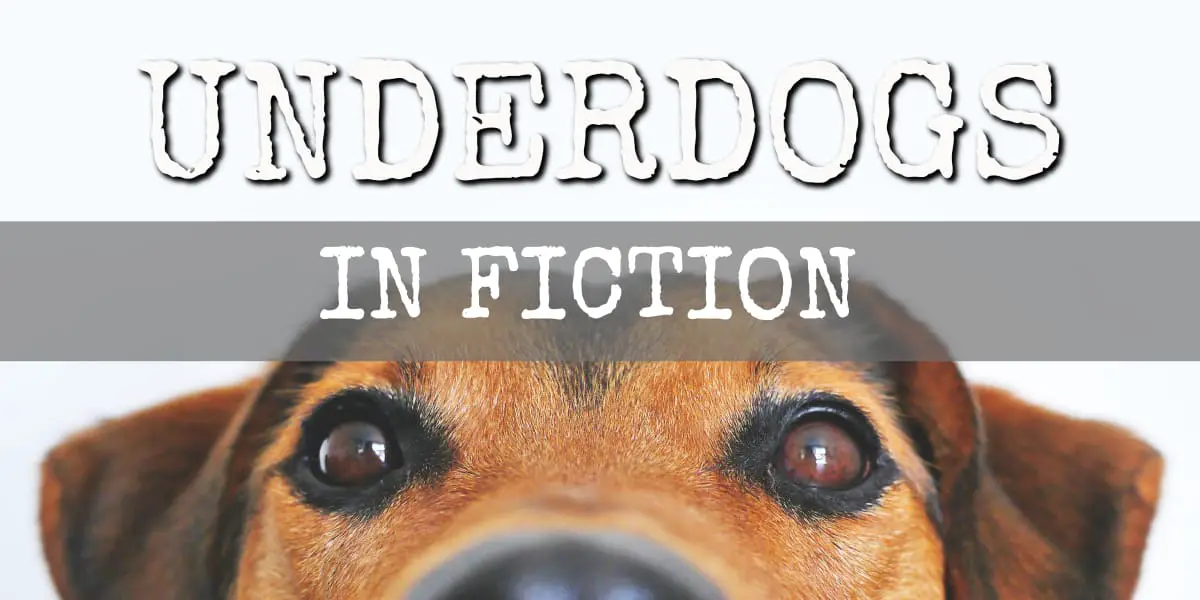
The underdog is very popular as a main character in fiction. But there are ways to write underdogs well as well as pitfalls to avoid. What Is An Underdog? The Three Assumptions Behind Most Underdog Stories It’s worth thinking hard about our own attitudes towards social hierarchy before writing an underdog story. In contemporary stories, […]
-
Utopian Children’s Literature
The word ‘utopia’ means different things to different people and even comes from two different words. In modern English, we colloquially use ‘utopia’ to mean our own version of a perfect society. Philosophers go deeper. For example, Nassim Nicholas Taleb defines a utopia as a society built according to some blueprint of what “makes sense”. […]
-
Are You There, God? It’s Me, Margaret by Judy Blume
As an adolescent I was keen to get my hands on the complete works of Judy Blume, but unfortunately only a select few were available to me. I’ve only just read Are You There, God? It’s Me, Margaret, Margaret Simon, almost twelve, likes long hair, tuna fish, the smell of rain, and things that are […]
-
Home Away Home Story Structure
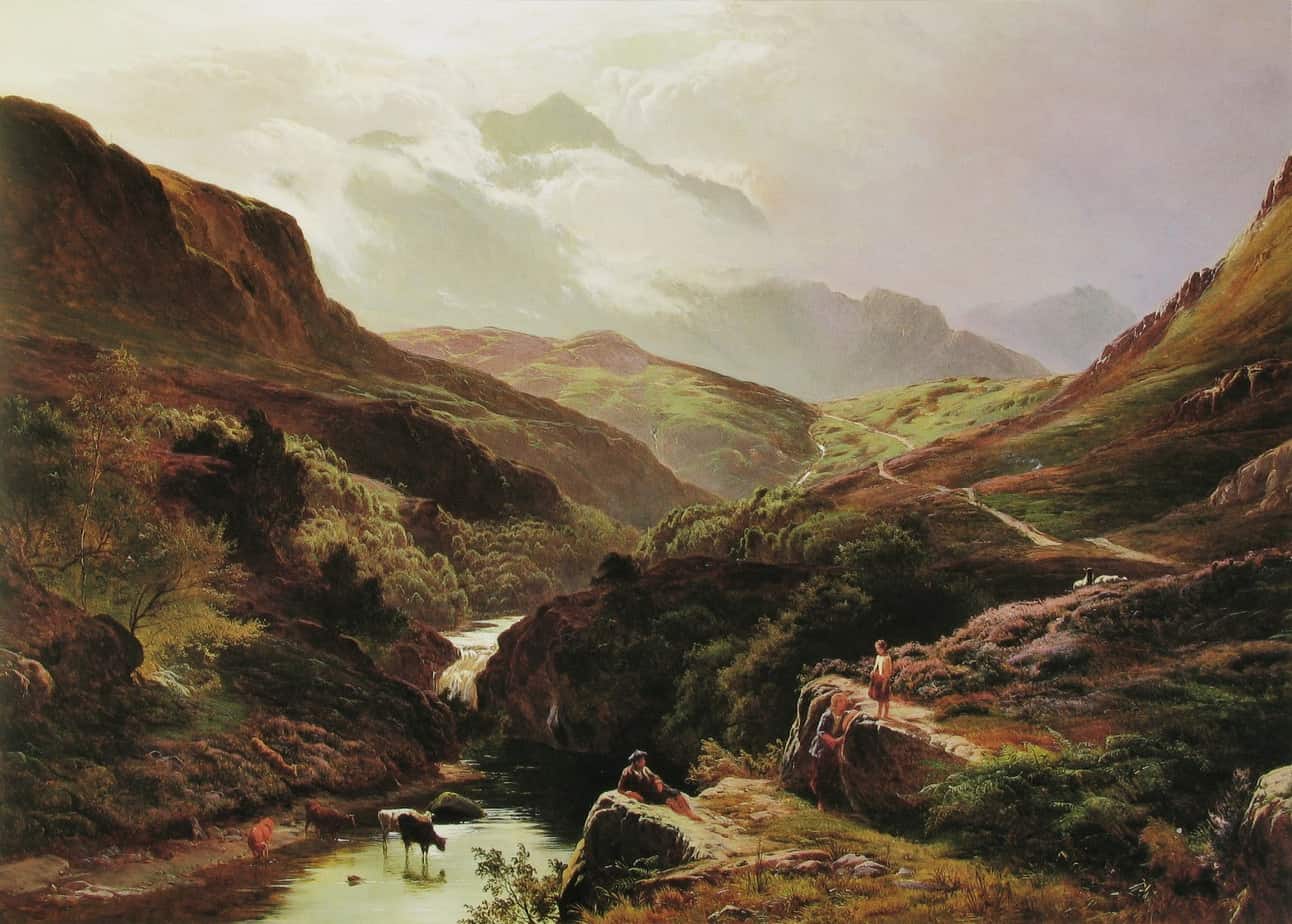
Philip Richard Morris – Home, Sweet Home